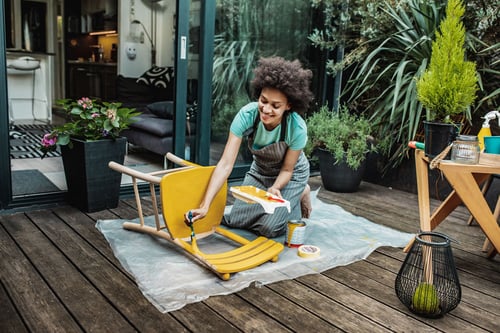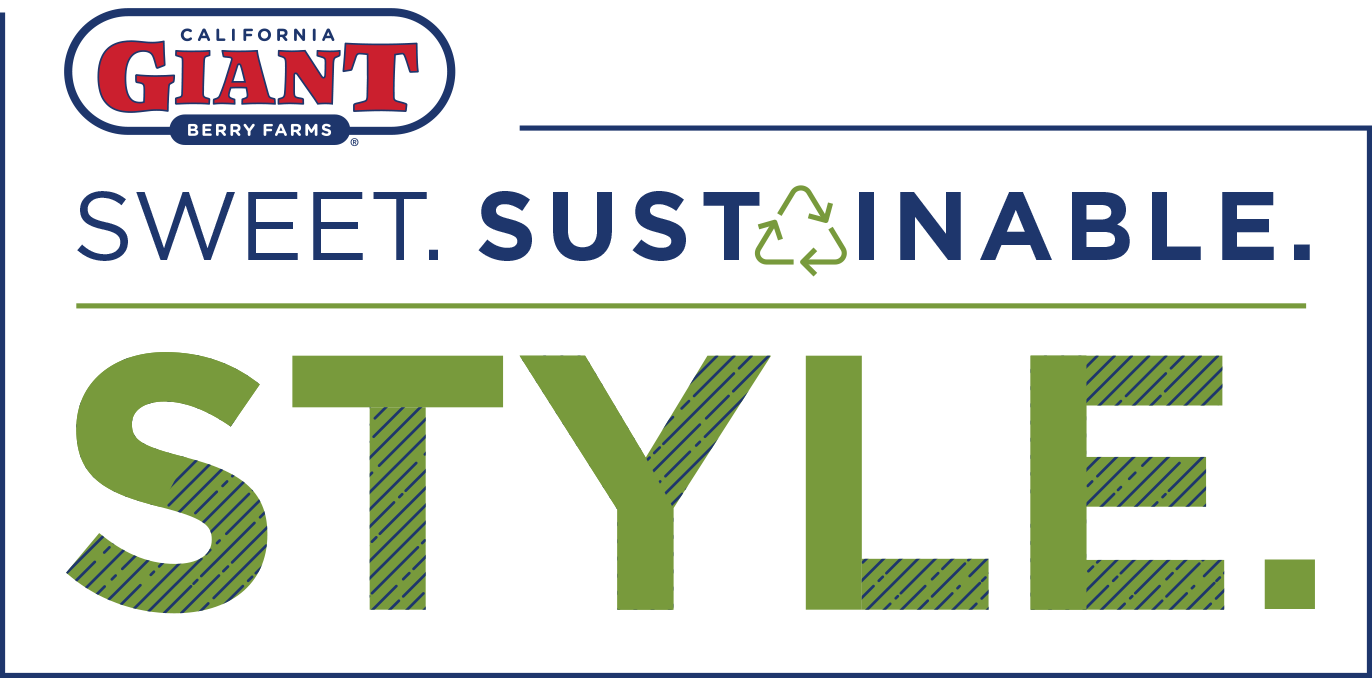

Plus, we're giving away a month's worth of California Giant Berries to five lucky winners each week!
This promotion has now ended.

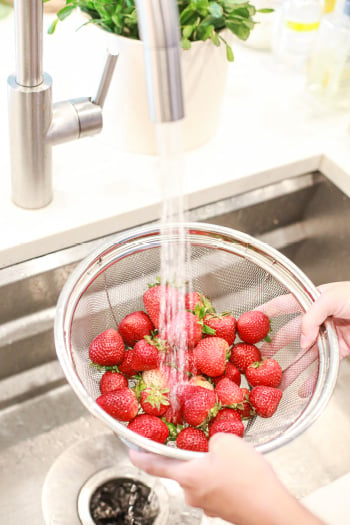
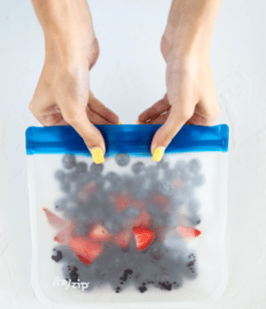
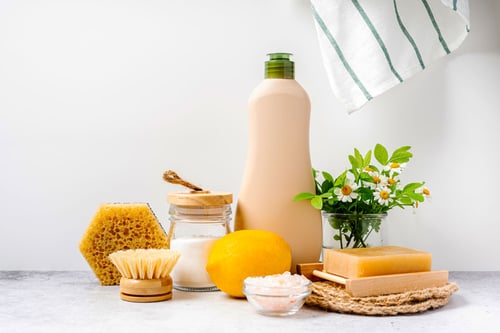
Composting is an environmentally friendly way to repurpose food scraps and create a healthy soil mix for your plants and garden – a win, win!
What to Compost: From newspapers to coffee grounds, many everyday items are compost friendly! Find a comprehensive list here from The Spruce and be sure to mix in these key ingredients:
What NOT to Compost: To avoid harmful substances and pests in your compost, here are a few examples of what not to plop in your bin:


|

|
